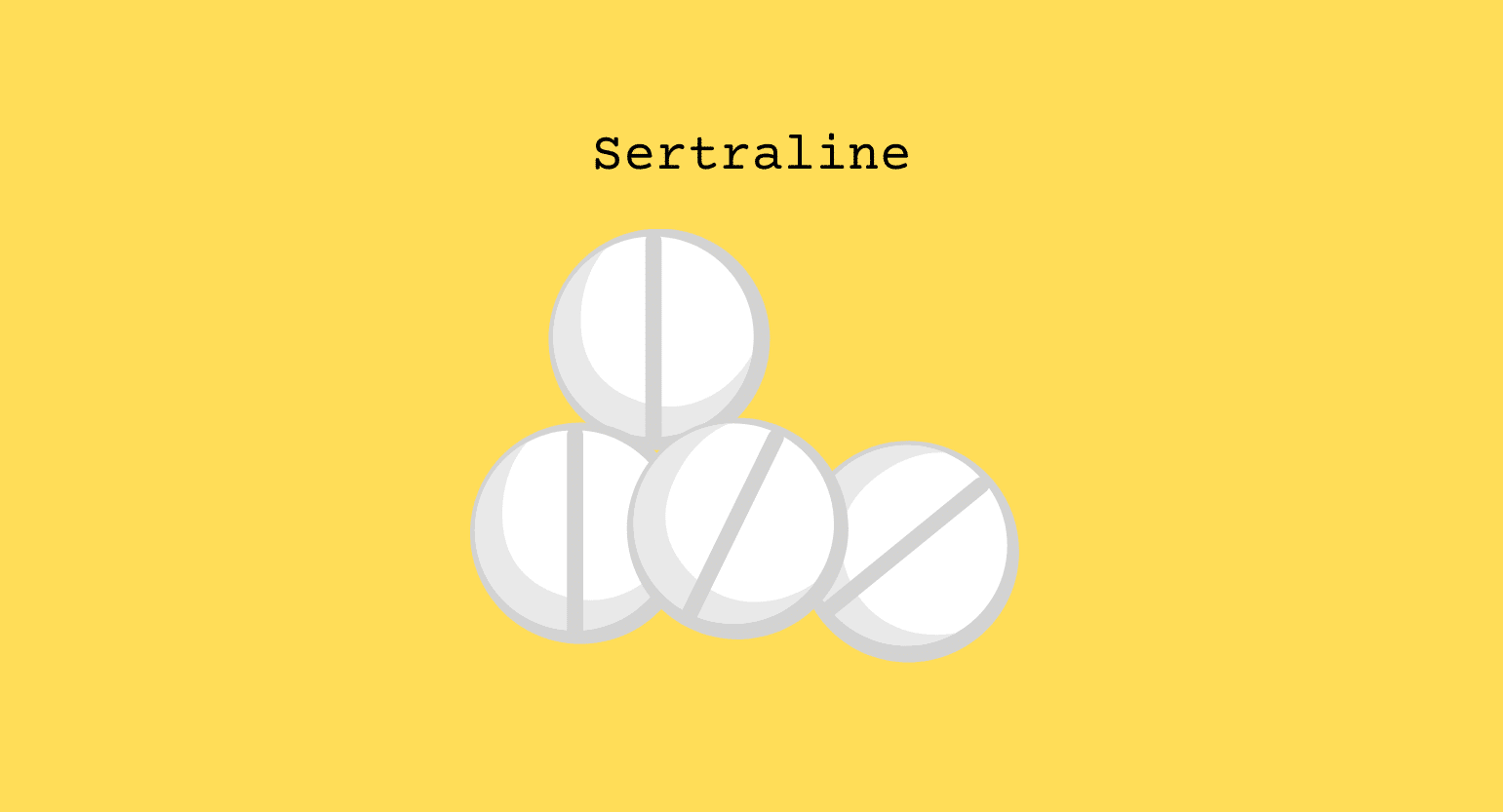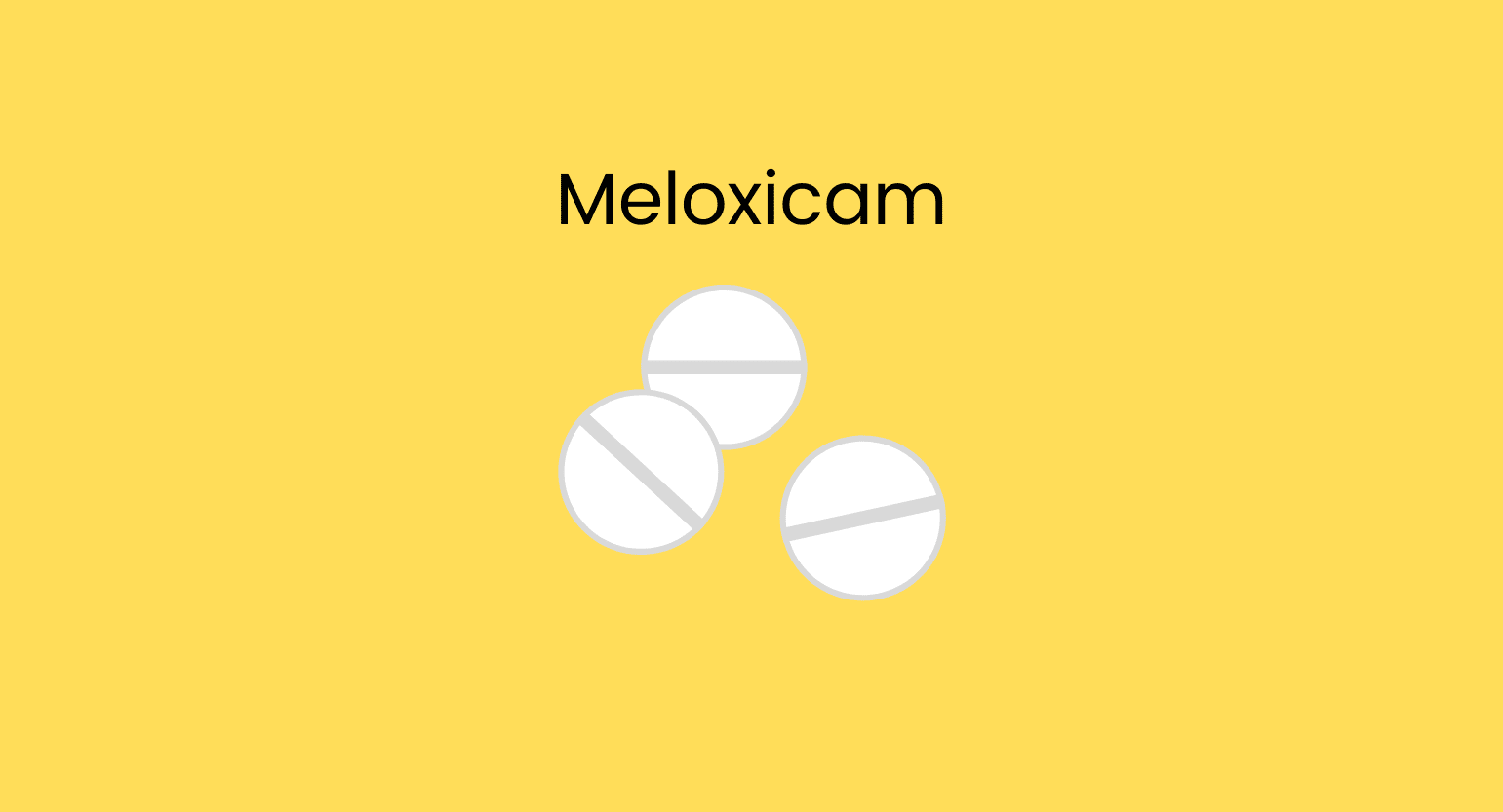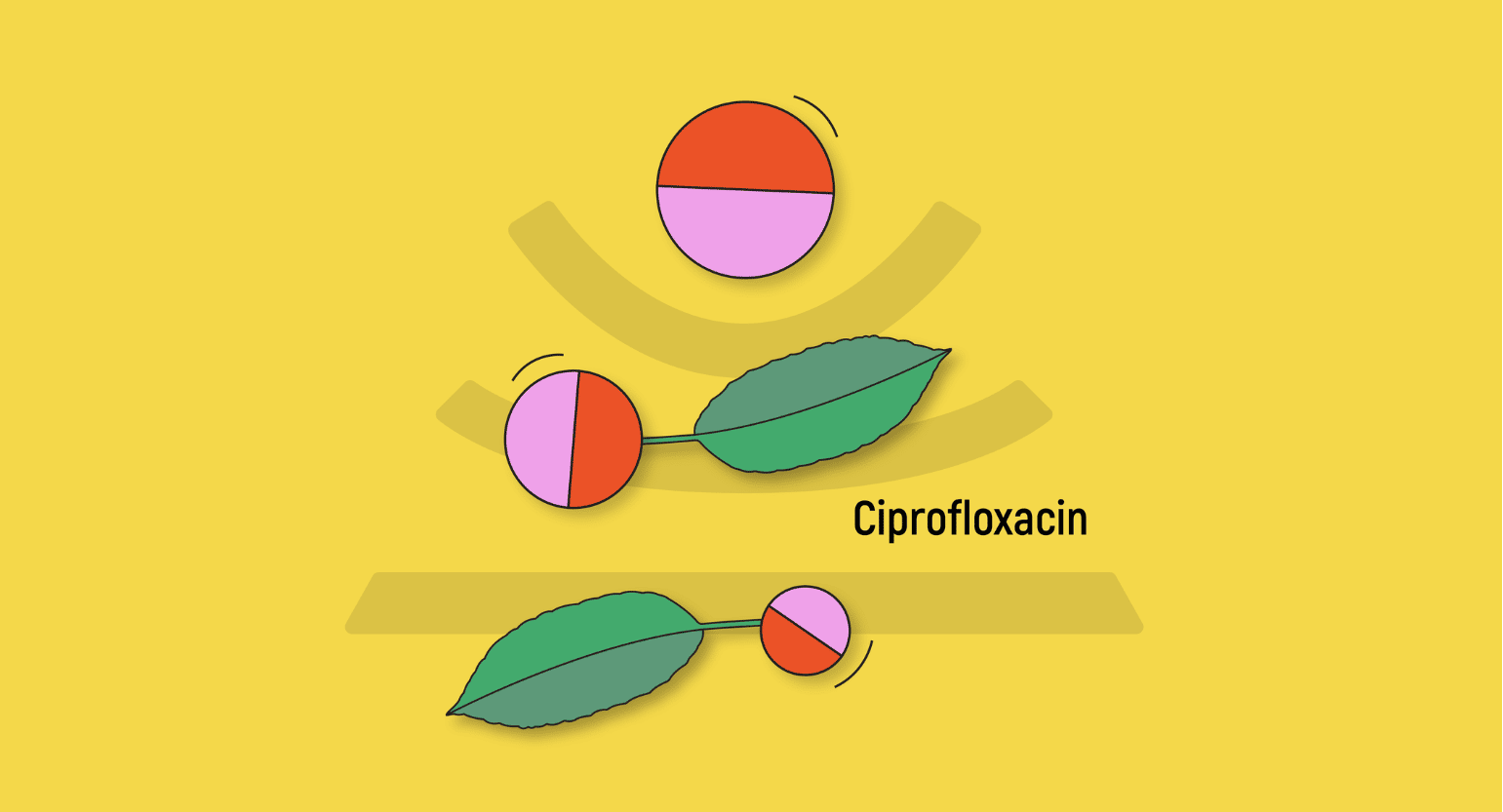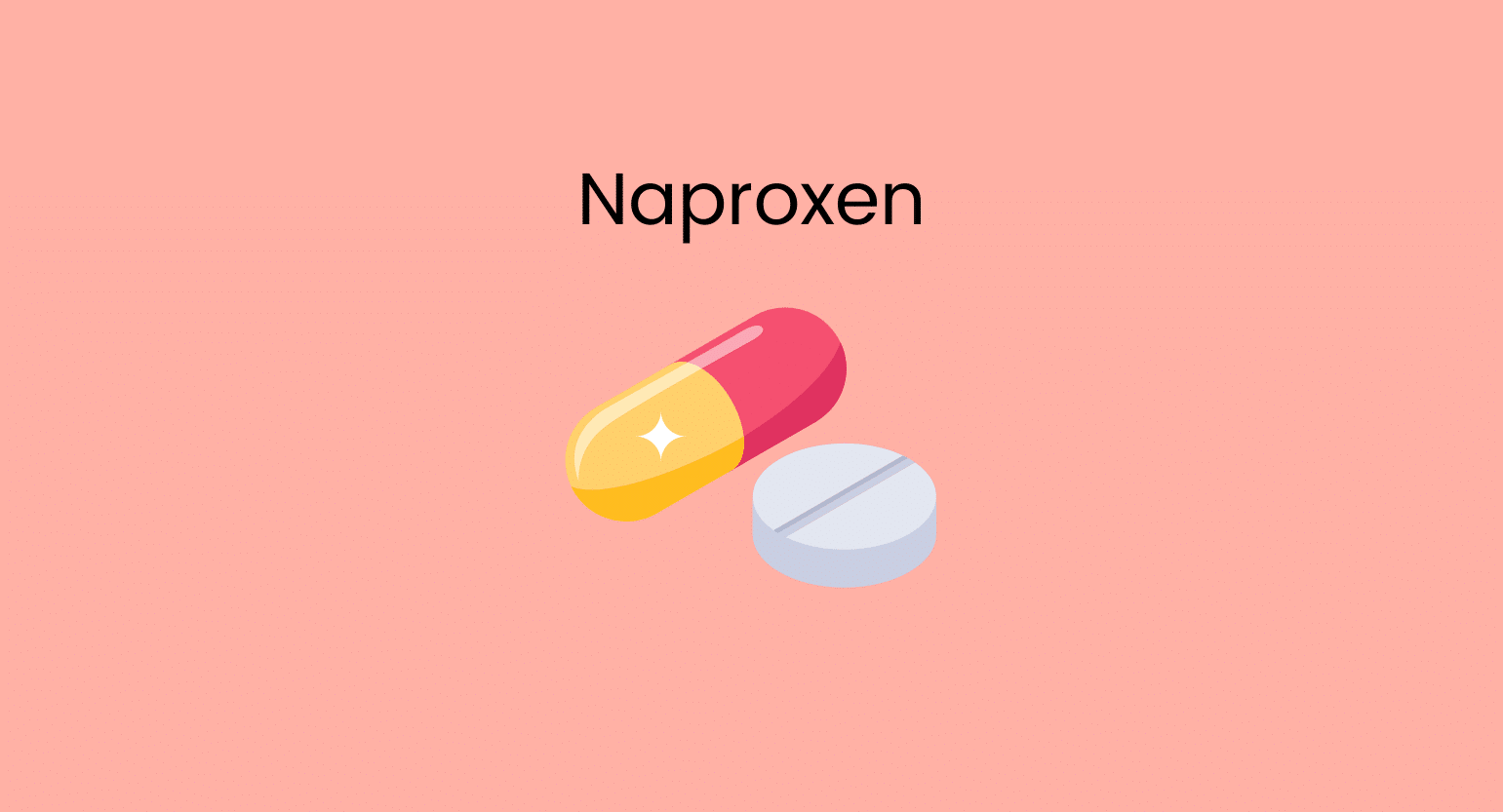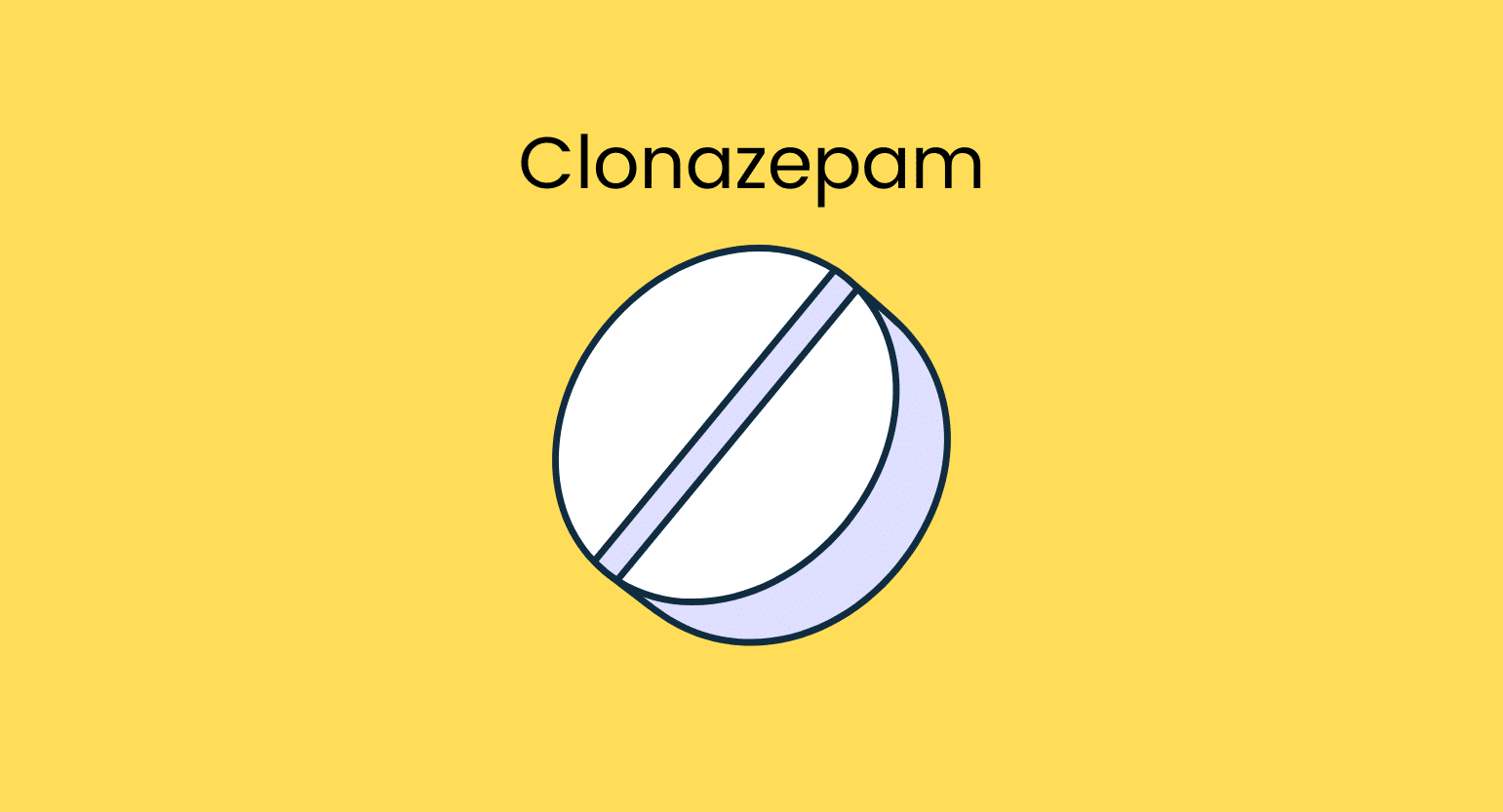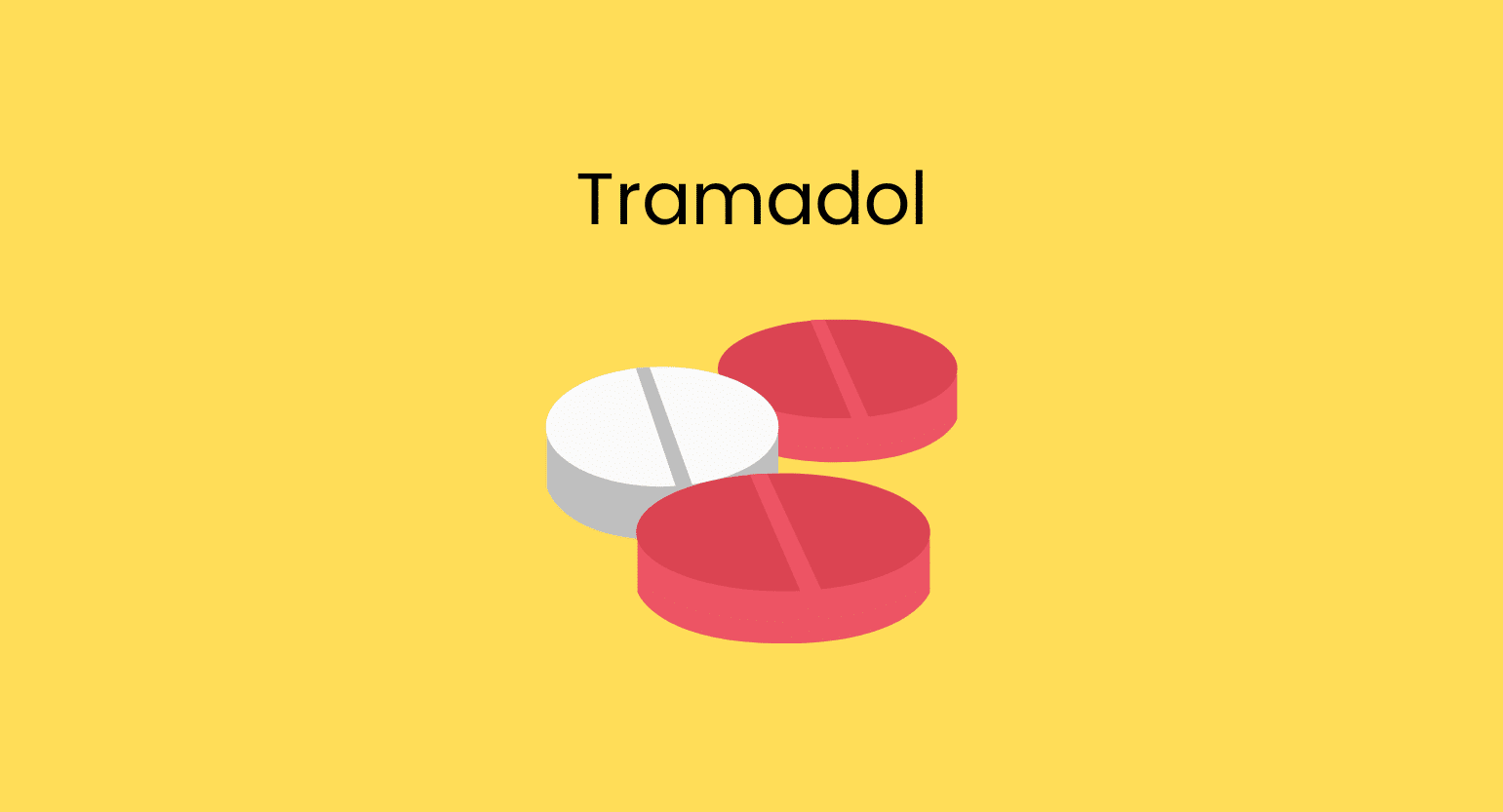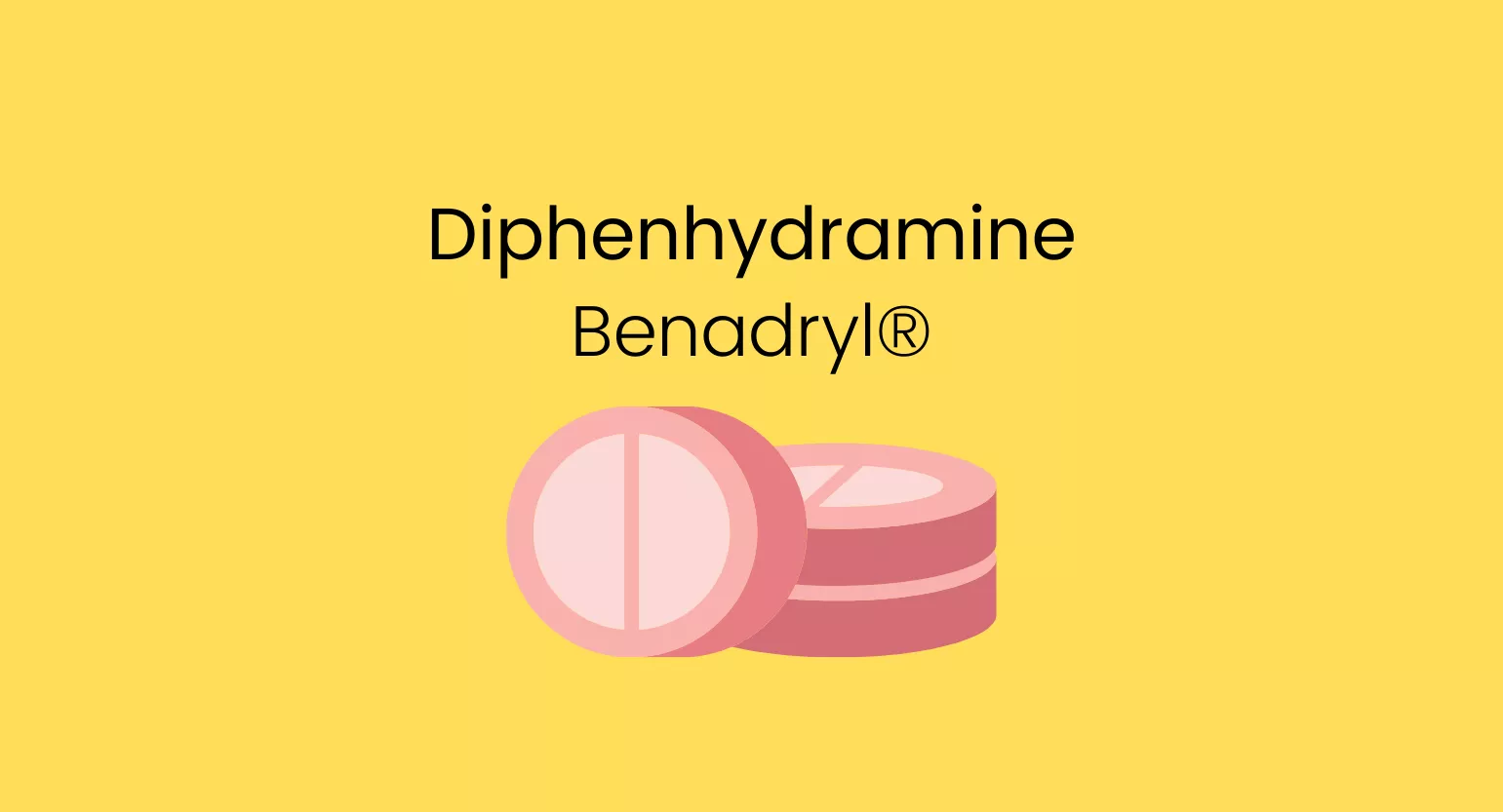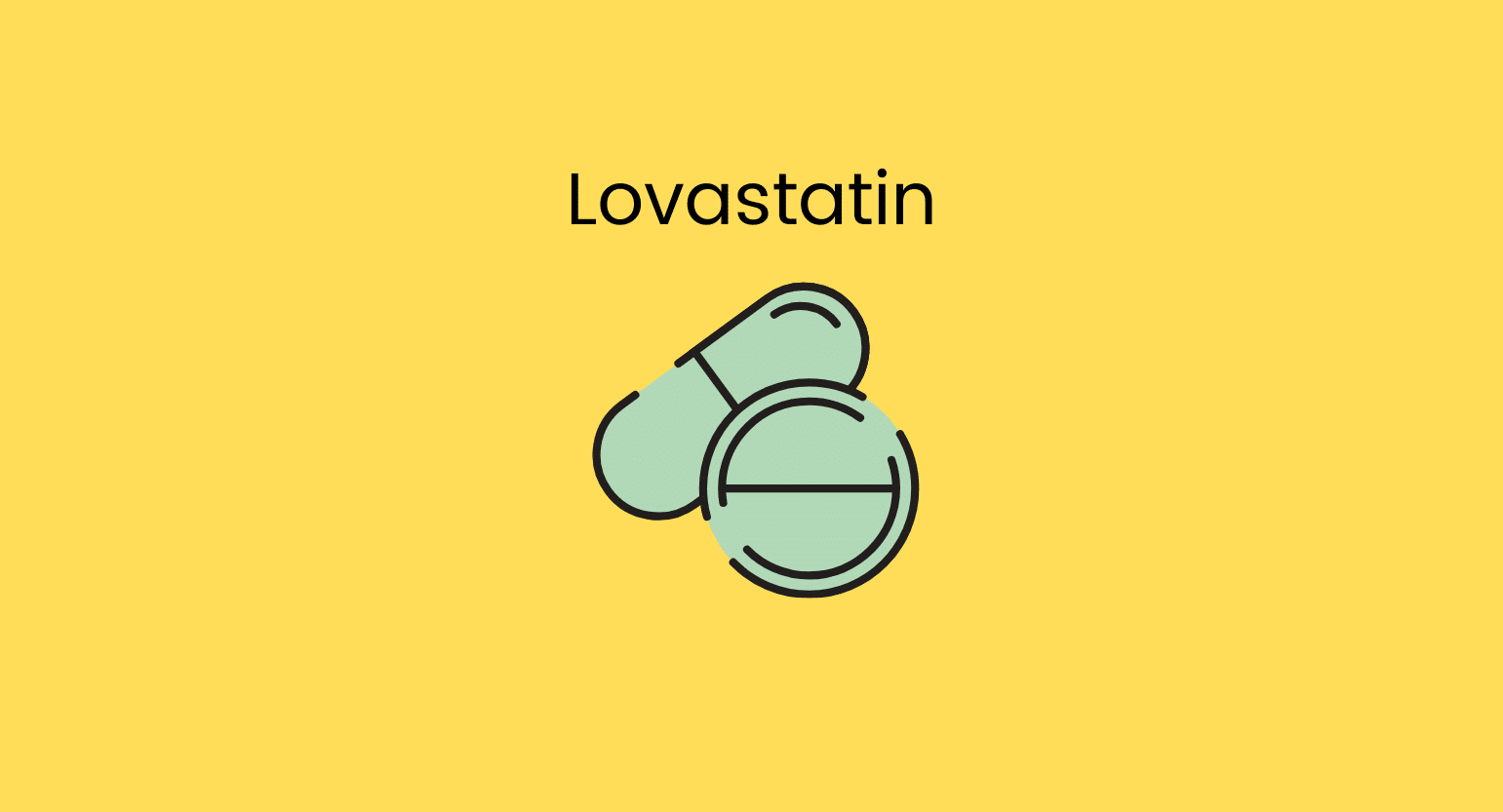Does Kratom Interact With Sertraline?
Yes, kratom and sertraline may interact by competing for their metabolism in the liver.
Both kratom and sertraline act through entirely different mechanisms —meaning that kratom and sertraline are unlikely to interact directly. However, their competition in the liver makes this combo unsafe.
When two drugs are taken together and require the same enzymes in the liver for their metabolism, they compete with each other to bind for such enzymes. This pharmacological phenomenon is known as metabolic competition.
Several P450 enzymes metabolize sertraline, CYP2B6 being the most important but also with help from CYP2C19, CYP2C9, CYP3A4, and CYP2D6 [1].
We also know that kratom alkaloids are mainly metabolized by the CYP3A4 enzyme and inhibit the CYP2D6 [2, 3].
The combination of sertraline and kratom could inhibit the proper metabolization of sertraline in the body, leading to a higher presence of this drug and its metabolites in the bloodstream.
This risk often entails increased adverse effects, poisoning, or even death.
Sertraline Specs:
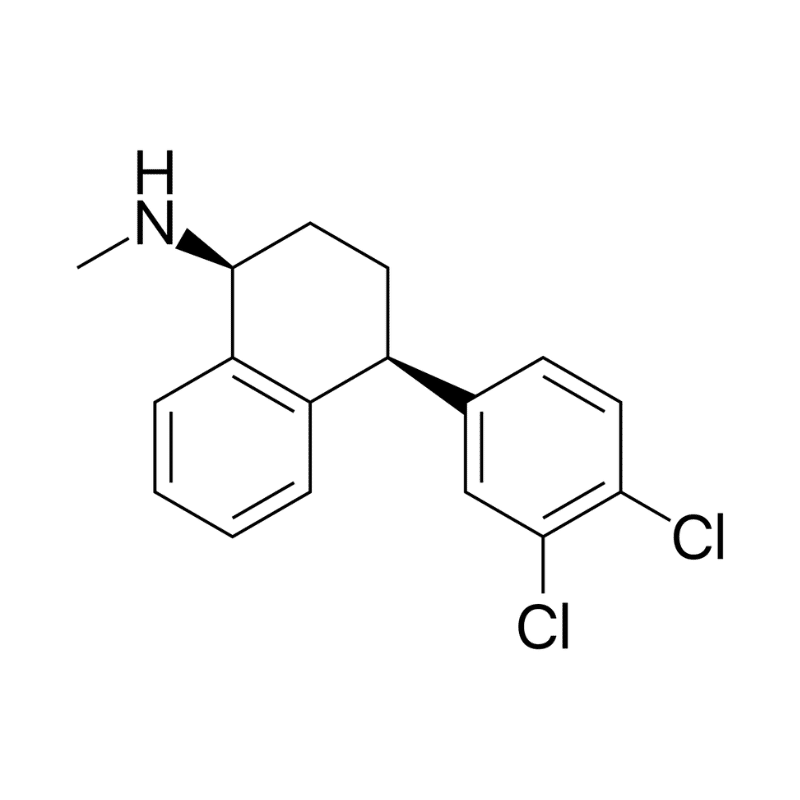
| Drug Name | Sertraline |
| Trade Name | Zoloft, Lustral, Zercapli |
| Classification | SSRI Antidepressant |
| CYP Metabolism | CYP2B6, with contributions from CYP2C19, CYP2C9, CYP3A4, & CYP2D6 |
| Interaction With Kratom | Metabolic competition |
| Risk of Interaction | Moderate |
Is it Safe to Take Kratom With Sertraline?
When taken responsibly and according to prescription recommendations, both kratom and sertraline are relatively safe drugs.
Nevertheless, there’s still a risk involved with using both compounds simultaneously.
If taken by themselves, sertraline and kratom overdoses are rarely dangerous. The toxicity of SSRIs is low [4], and the same goes for kratom [5].
However, we also know that drug combinations increase the risk of adverse reactions.
Combining low doses of kratom with your sertraline prescription will probably not cause severe side effects. However, you should not do it every day. Additionally, the dose of kratom should be reduced and always taken at least 2-hours apart from your dose of sertraline.
Antidepressants are taken daily; due to kratom’s inhibitory effects on the metabolism of sertraline, sertraline buildup is more likely. It may take several days or weeks, but eventually, sertraline levels could rise to dangerous levels.
Avoid taking this combination daily and alert your doctor if you want to consume kratom alongside your sertraline treatment.
What is Sertraline?
Sertraline is an antidepressant of the selective serotonin reuptake inhibitor (SSRI) class that the World Health Organization has listed as an essential medicine [9].
Commonly sold under the brand name Zoloft, sertraline is one of the most common prescription medications in the United States and can also be found as a generic medication (non-name brand).
In general, sertraline is considered to have roughly the same effects and efficacy in treating depression as other SSRIs [6].
Serotonin is one of the main hormones responsible for regulating mood. The availability of serotonin is thought to increase feelings of well-being and happiness.
SSRIs work by inhibiting the mechanism in the brain that ‘reabsorbs’ serotonin after it has done its job, leading to an increase of serotonin levels in the brain.
The significant differences between sertraline and other antidepressants are to be found in the area of side effects. The first “S” in SSRI stands for “selective.” This refers to the specificity of this modern class of drugs to a particular type of serotonin receptor. Older antidepressants, such as tricyclic antidepressants, were less specific and affected numerous receptor types — leading to a significantly higher chance of side effects.
What is Sertraline Used For?
The FDA has approved sertraline for the following ailments:
- Major depressive disorder (MDD)
- Obsessive-compulsive disorder (OCD)
- Panic disorder (PD)
- Post-traumatic stress disorder (PTSD)
- Premenstrual dysphoric disorder (PMDD)
- Social anxiety disorder (SAD)
It has been noted that for PTSD, sertraline only provides moderate relief [7].
Sertraline has not been approved for use by children except in cases of OCD. Additionally, any treatment involving sertraline must be halted during pregnancy as it increases newborns’ risk of congenital heart disease [8].
What’s the Dose of Sertraline?
As with any other prescription medication, sertraline is only to be taken in the way it is prescribed by your physician. There is little value in providing the generally recommended doses for sertraline as they vary according to several factors.
Please note that taking elevated doses of sertraline increases your risk for adverse effects.
With those caveats out of the way, here are the average dosage recommendations by diagnosis and age.
Sertraline Brand Names
Some of the brand names of sertraline are:
- Zoloft
- Lustral
- Zercapli
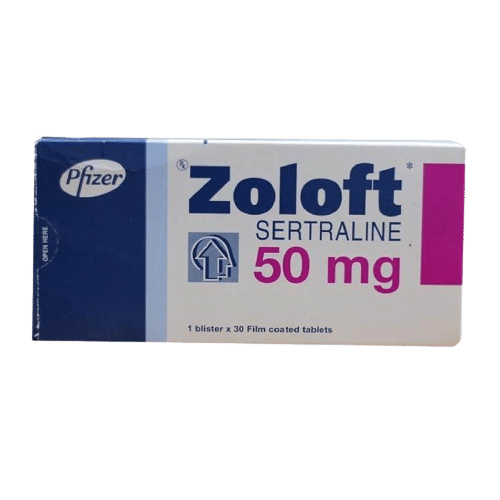
What Are the Side Effects of Sertraline?
Any pharmacologically-active substance will bring some level of risk for side effects. SSRI medications have potent neurological effects and therefore have a higher chance of producing side effects than other drug classes.
The primary side effects of sertraline are [9]:
- Confusion
- Diarrhea
- Dizziness
- Fatigue
- Female sexual disorder
- Hallucinations
- Impotence
- Lightheadedness
- Nausea
- Rhinitis
- Somnolence
- Sweating
- Syncope
- Tremor
- Xerostomia
Sertraline, like other antidepressants, is also known to increase the risk of suicidal thoughts. Additionally, the occurrence of diarrhea is more likely with sertraline compared to other SSRIs [10].
What is Kratom?
Kratom is an all-natural herbal extract derived from the leaves of the Mitragyna speciosa tree —a tropical evergreen tree native to Southeast Asia.
Much like coffee or the coca leaf, the kratom plant has been used for centuries by indigenous people for its many benefits.
Kratom comes in various strains and is available for consumption in various options. You can replace your morning coffee with kratom tea or have some crushed powder pills if you prefer efficiency.
Unfortunately, due to FDA meddling, kratom is still an unregulated substance —which means large-scale scientific studies are still lacking.
Nevertheless, the US kratom community has taken off and is expanding daily.
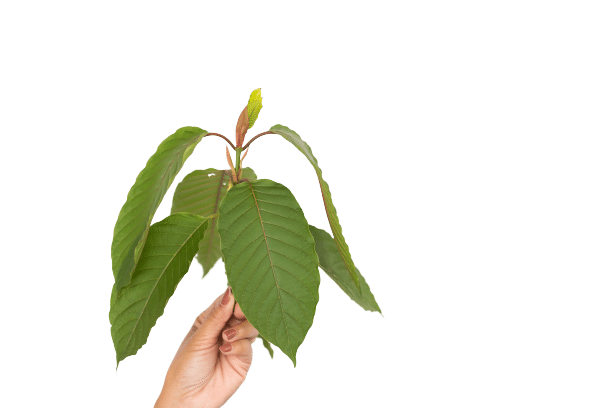
What is Kratom Used For?
Kratom has a vast spectrum of effects.
This has allowed it to become popular as an effective stimulant with mood-enhancing properties and a herbal treatment option for some ailments —such as pain, depression, insomnia, and fibromyalgia.
It has become a go-to option for many people who don’t want to resort to pharmacological painkillers to treat their chronic pain.
When taken for its nootropic qualities, kratom can increase mental energy and produce mild euphoric effects. Users say it helps them retain concentration and enhances creativity.
Kratom also has potent anxiolytic qualities.
At higher doses, kratom has sedative-like effects that can help with anxiety and produce general feelings of calm.
What’s the Dose of Kratom?
Kratom’s effects will vary according to how much you take, so be sure to take an amount commensurate with the benefits you want.
If you’re a newcomer to kratom, your best option is to go slow and find out how your body reacts to the compound.
We’re all different, and relying solely on formulaic dosage prescriptions is never a good idea.
Having said that, kratom dosages usually involve one of three levels:
- Low dose (1 – 4 g) — this kratom dosage is optimal for stimulating nootropic benefits and focus.
- Medium dose (4 – 8 g) — this amount of kratom is best for anxiolytic properties and pain relief.
- High dose (8 – 12 g) — This can cause strong sedative effects and helps treat severe pain and anxiety
Related: How Long Should I Wait Between Kratom Doses?
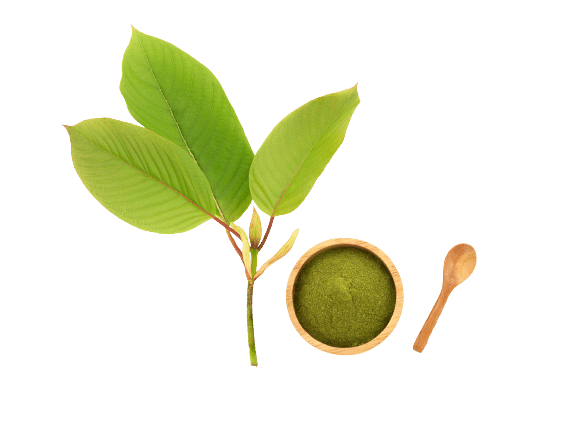
What Are the Side Effects of Kratom?
Even though kratom is a herb, there are some side effects to be on the lookout for.
Kratom may cause the following side effects:
- Constipation
- Dizziness
- Headaches
- Insomnia
- Itchiness in the skin
- Loss of muscle coordination
- Low blood pressure
- Low libido
- Nausea
- Poor appetite
- Seizures
- Tremors
If you take high doses of kratom regularly, then you might develop a physical dependence or addiction and experience withdrawal symptoms upon cessation. Mitigate this risk by drawing back your kratom consumption.
What Are the Different Types of Kratom?
Kratom is available in several different strains.
A kratom strain is distinguished by the place where it is grown and the individual harvesting processes used by local farmers. These strains all share the same basic properties of the kratom plant, but they specialize in different parts of the spectrum.
The strains are named according to the color of the leaf’s vein. However, once they’re crushed and ground, all the strains look the same.

White Vein Kratom
White vein kratom is the strain for those who want to use kratom’s nootropic qualities.
White-veined strains isolate the mind-based effects of kratom and can act as a powerful herbal stimulant. It is a popular choice with those early-risers and energetic types.
If you want a boost in your attention span or are just looking to enhance your mood, white vein kratom is the best option.

Red Vein Kratom
Red-veined kratom strains are ideal for stimulating the analgesic and anxiolytic benefits of kratom.
These strains are pretty helpful for those who want to treat their chronic pain but don’t want to consume large doses of kratom.
Red vein kratom is often used as a sleep aid and can also promote feelings of calm and relaxation.

Green Vein Kratom
Green vein kratom is best thought of as the middle point between white and red strains.
It has a well-balanced alkaloid profile which delivers the benefits found in both types. This is good news for anyone that wants to experience the whole suite of kratom’s benefits.
However, you do sacrifice the targeted experience of a red or white strain.

Yellow Vein Kratom
Yellow vein kratom is the odd man out.
It’s thought to be a combination of red and white kratom, although no one is certain. Yellow vein users report it is similar to green vein kratom, which supports the theory.
Yellow vein also has a good mix of properties and is generally considered the mildest of the strains. Perfect for beginners!
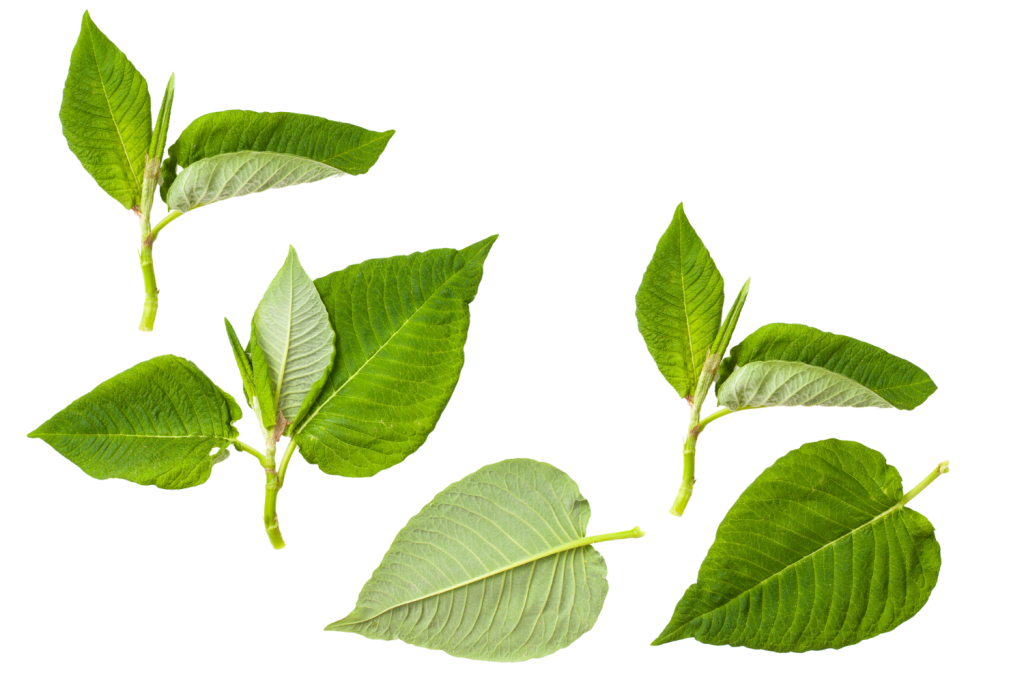
Key Takeaways: Is it Safe to Mix Kratom & Sertraline?
If you consume kratom sporadically, this combination might be ok. However, this does come with some caveats:
- Don’t consume excessive amounts of kratom.
- You should not consume this combination daily, which some might be tempted to do, as antidepressants are usually taken daily.
- Do not include a third drug, such as alcohol, in this mix.
- Also, you should only take your sertraline as prescribed by your physician.
If you follow these four basic guidelines, then combining kratom and sertraline you should be on the clear of experiencing side effects. Still, the best practice is to consult your doctor before combining kratom with any other medication.
- Obach, R. S., Cox, L. M., & Tremaine, L. M. (2005). Sertraline is metabolized by multiple cytochrome P450 enzymes, monoamine oxidases, and glucuronyl transferases in human: an in vitro study. Drug metabolism and disposition, 33(2), 262-270.
- Hanapi, N. A., Ismail, S., & Mansor, S. M. (2013). Inhibitory effect of mitragynine on human cytochrome P450 enzyme activities. Pharmacognosy Research, 5(4), 241.
- Kamble, S. H., Sharma, A., King, T. I., León, F., McCurdy, C. R., & Avery, B. A. (2019). Metabolite profiling and identification of enzymes responsible for the metabolism of mitragynine, the major alkaloid of Mitragyna speciosa (kratom). Xenobiotica, 49(11), 1279-1288.
- White, N. C., Litovitz, T., & Clancy, C. (2008). Suicidal antidepressant overdoses: a comparative analysis by antidepressant type. Journal of medical toxicology, 4(4), 238-250.
- Ujváry, I. (2014). Psychoactive natural products: overview of recent developments. Annali dell’Istituto superiore di sanita, 50, 12-27.
- MacQueen, G., Born, L., & Steiner, M. (2001). The selective serotonin reuptake inhibitor sertraline: its profile and use in psychiatric disorders. CNS Drug Reviews, 7(1), 1-24.
- Hoskins, M., Pearce, J., Bethell, A., Dankova, L., Barbui, C., Tol, W. A., … & Bisson, J. I. (2015). Pharmacotherapy for post-traumatic stress disorder: systematic review and meta-analysis. The British Journal of Psychiatry, 206(2), 93-100.
- Gao, S. Y., Wu, Q. J., Sun, C., Zhang, T. N., Shen, Z. Q., Liu, C. X., … & Zhao, Y. H. (2018). Selective serotonin reuptake inhibitor use during early pregnancy and congenital malformations: a systematic review and meta-analysis of cohort studies of more than 9 million births. BMC medicine, 16(1), 1-14.
- Singh HK, Saadabadi A. Sertraline. [Updated 2022 May 2]. In: StatPearls [Internet]. Treasure Island (FL): StatPearls Publishing; 2022 Jan-. Available from: https://www.ncbi.nlm.nih.gov/books/NBK547689/
- Sanchez, C., Reines, E. H., & Montgomery, S. A. (2014). A comparative review of escitalopram, paroxetine, and sertraline: are they all alike?. International clinical psychopharmacology, 29(4), 185.

